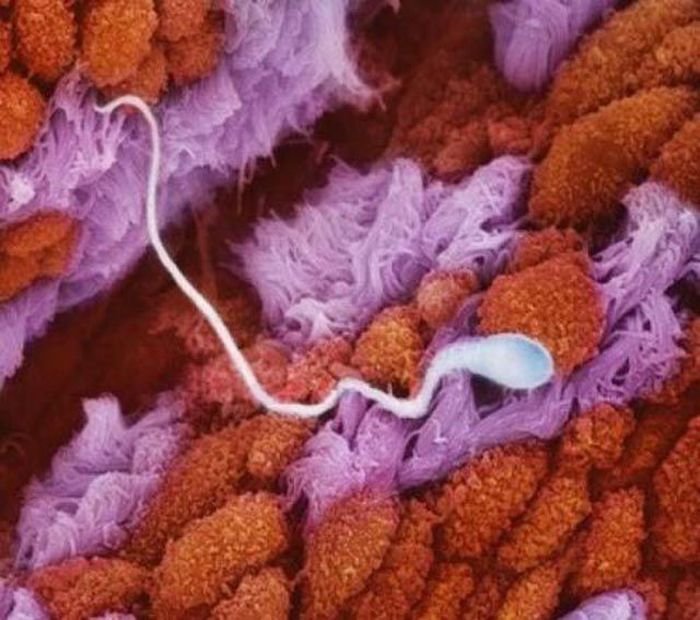|
|
Human Embryogenesis, Fertilization And Fetus Development
|
The embryoblast forms a bilaminar (two layered) embryo, composed of the epiblast and the hypoblast. The epiblast is adjacent to the trophoblast and made of columnar cells; the hypoblast is closest to the blastocyst cavity, and made of cuboidal cells. The epiblast, now called primitive ectoderm will perform gastrulation, approximately at day 16 (week 3) after fertilization. In this process, it gives rise to all three germ layers of the embryo: ectoderm, mesoderm, and endoderm. The hypoblast, or primitive endoderm, will give rise to extraembryonic structures only, such as the lining of the primary (primitive) yolk sac (exocoelomic cavity).
Cavity formation
By separating from the trophoblast, the epiblast forms a new cavity, the amniotic cavity. This is lined by the amnionic membrane, with cells that come from the epiblast (called amnioblasts). Some hypoblast cells migrate along the inner cytotrophoblast lining of the blastocoel, secreting an extracellular matrix along the way. These hypoblast cells and extracellular matrix are called Heuser's membrane (or exocoelomic membrane), and the blastocoel is now called the primary yolk sac (or exocoelomic cavity).
|
|









